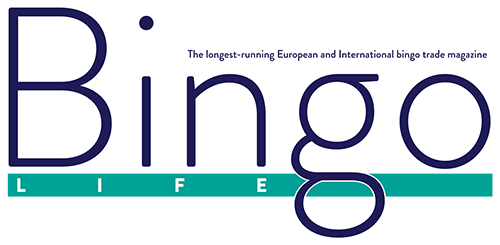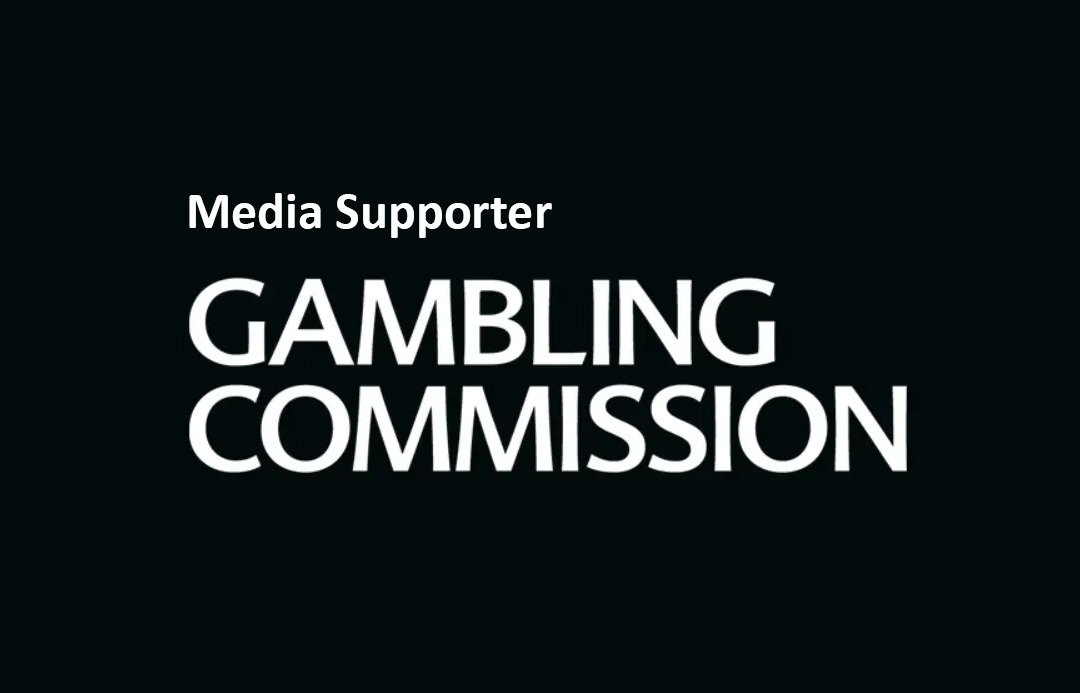Articles
What are the odds of winning at Bingo?

photo" by jerrykimbrell10, Creative Commons CC0
If you’ve always wondered what the secret is to winning that elusive bingo jackpot, the bad news is that there is no secret. As a game of chance, the likelihood of winning a game of bingo is based almost wholly on luck. However, bingo is a game of probability, too.
Although land-based bingo halls and online bingo rooms offer bingo action driven by computerized random number generators (RNGs), there are patterns. If you take part in a standard 90-ball bingo game, the likelihood of any number called is 1-in-90. This probability goes down to 1-in-89 with the second ball and 1-in-88 with the third and so on.
In simple terms, if you purchase a single bingo card and nine other players are involved in your game and play with a single card too, your chances of winning are considered 1-in-10 (10 percent). Admittedly, there are much higher odds of life than you winning that bingo game. Nevertheless, there are many other ways to increase your chances of calling “house!”
One of the best ways to get the bingo probability gods on your side is to play during off-peak hours. If there are only 50 bingo cards in play and you’re playing two of them, you’ll have a 4-percent chance of winning the game’s jackpot. However, if you play during peak periods where 1,000 bingo cards are in play and you’re playing two of them, your chances of winning diminish to just 0.2 percent. If you play bingo online, most sites will tell you how many cards are in play in each active game. This is valuable information as it enables you to accurately predict your odds of winning. The trade-off with playing during off-peak periods is that the jackpots are nowhere near as big as peak periods because they are calculated by the number of cards purchased.
Financial prediction guru Joseph Granville published a book on theories of winning at bingo, building upon the bingo strategies mused by British statistician Leonard Tippett. Tippett was also the brains behind the development of extreme value theory (EVT). Granville’s book claims that card selection can be crucial in finding a winning card. He says that in a traditional 90-ball game, the longer the game goes on, the more likely numbers will be close to the median number of 45. So, if you want to go for the full house and play the long game, pick a card with more numbers as close to 45 as possible. If you’re more focused on winning lines, pick cards with numbers closer to 1 and 90.
In summary, although bingo is largely a game of chance, there are probability strategies you can use to increase your odds of winning. Bingo is a fun, simple game that offers an exciting social scene, but winning can make a night out at the bingo seem all the sweeter. Try not to take your bingo too seriously, but just keep in mind the premise of game sizes and active cards to make your money go that little bit further.









